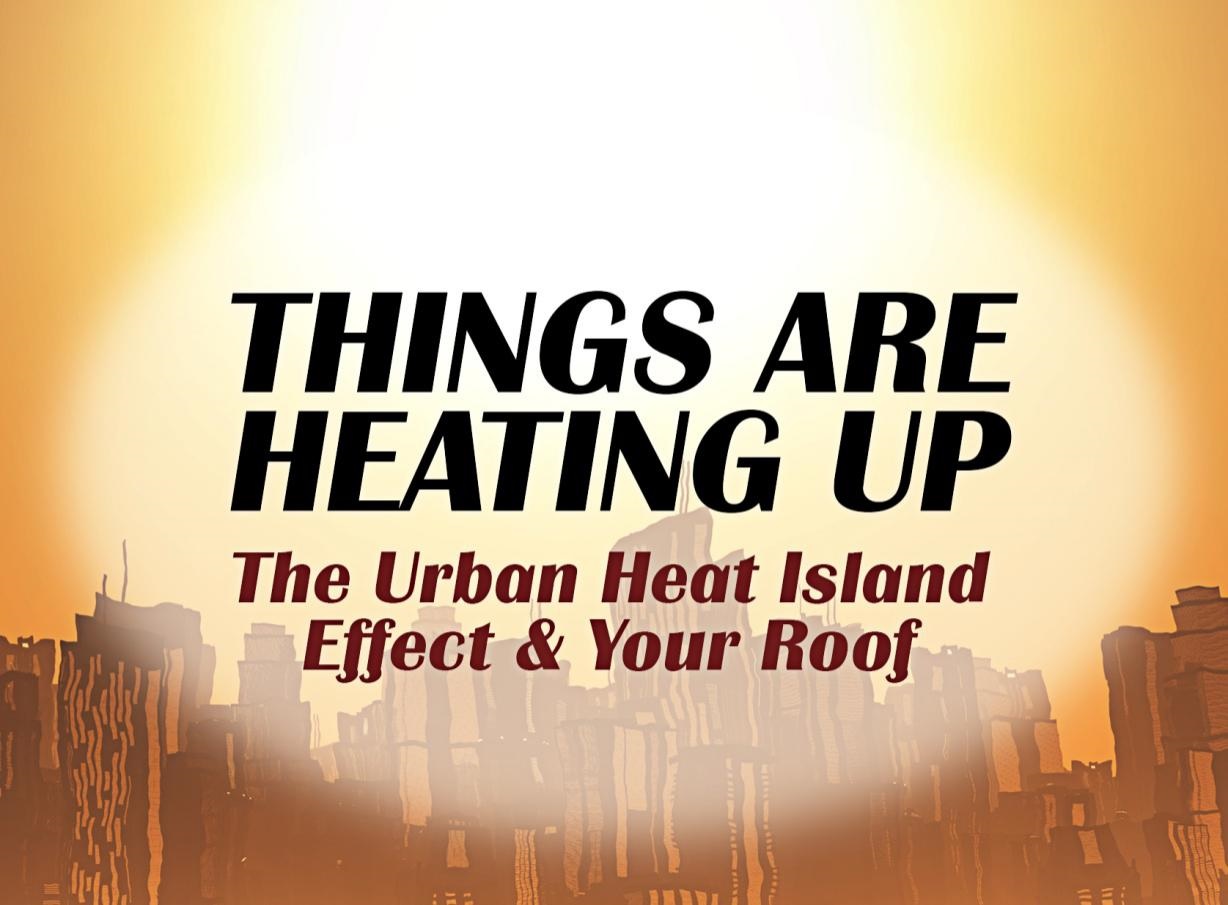Around half of the world�s human population currently lives in urban areas, and the scenario for the future doesn�t look like people are going to be moving away from the cities anytime soon. In fact, experts predict a 70% global increase in urban population by as early as 2030, as more and more people continue to migrate from the rural to the urban/suburban areas.
It�s long been established that urbanization has a major impact on air quality and climate, both over the city and the surrounding countryside. In spite of this fact, humankind continues to build infrastructure that causes our natural landscape to recede even further; as a consequence, the issue of climate control has reached critical levels.
What Is The Urban Island Effect?
The phenomenon that the US Environmental Protection Agency (EPA) calls the �urban island� effect refers to urbanregions or �islands� that become warmer than their rural surroundings becauseof the buildings, roads, and otherinfrastructure that replace open land and vegetation.Cooling Off Your Roof
The first real line of defense against the heat is a building's roof. Roofing materials and colors impact how buildings and houses handle heating and cooling. It�s one of the first and most important of steps to mitigating the urban island effect.Lighter-toned slate, while expensive, can help in reducing the heat because of its natural reflective properties. And as even naturally light-colored clay tiles on ancient structures have survived relentless centuries baking in the sun, they are great options as well. Want something a little less expensive than slate and clay? Consider concrete; it�s heavy and takes a long time to heat, making it ideal for warm weather roofing.
You can calculate just how well your roof is performing here (http://rsc.ornl.gov/), or consult with your local professional roofing contractor directly to learn more. Author Bio
Jesse Curry is a professional roofing contractor and the owner of Roofing by Curry based in Florida. His greatest strengths are his creativity, drive and leadership. He thrives on challenges, particularly those that expand the company�s reach. He is very passionate about what he does, and loves to share his experiences with other people through his blog site: http://www.roofingbycurry.com/our-blog/.
Jesse Curry is a professional roofing contractor and the owner of Roofing by Curry based in Florida. His greatest strengths are his creativity, drive and leadership. He thrives on challenges, particularly those that expand the company�s reach. He is very passionate about what he does, and loves to share his experiences with other people through his blog site: http://www.roofingbycurry.com/our-blog/.






0 Response to "Things Are Heating Up: The Urban Heat Island Effect & Your Roof"
Post a Comment